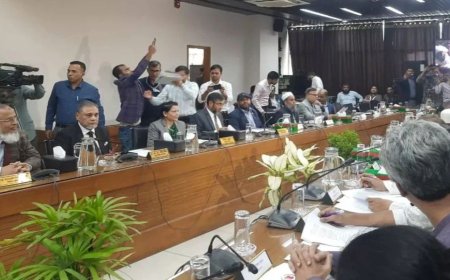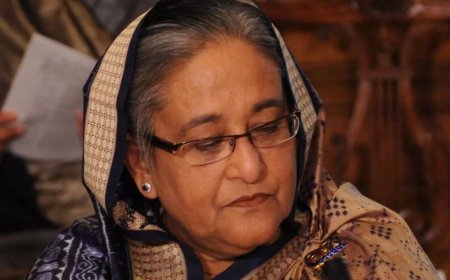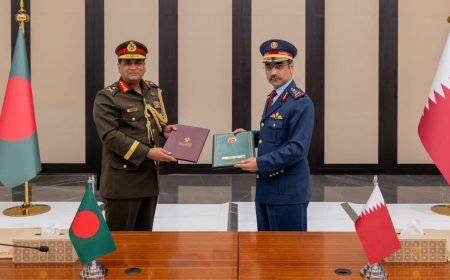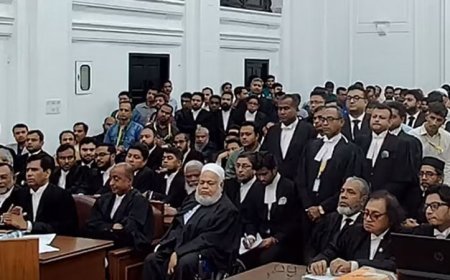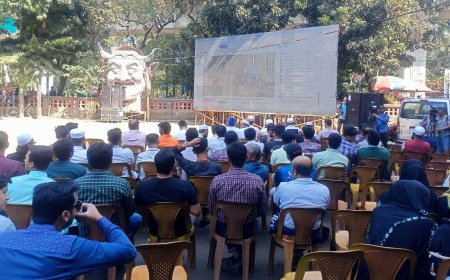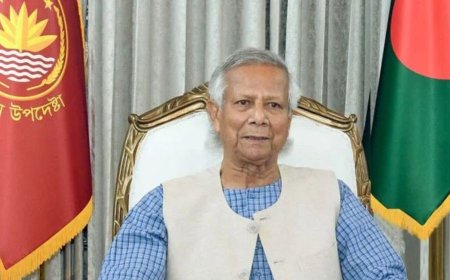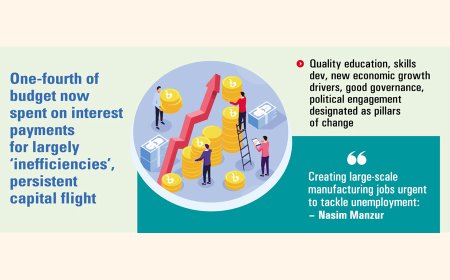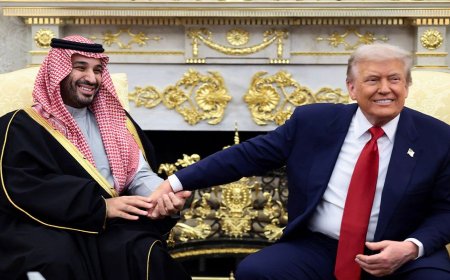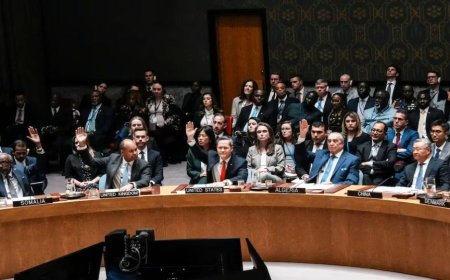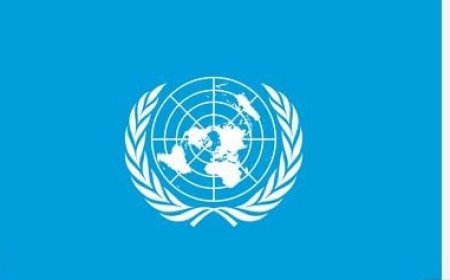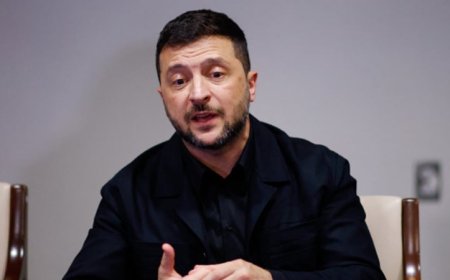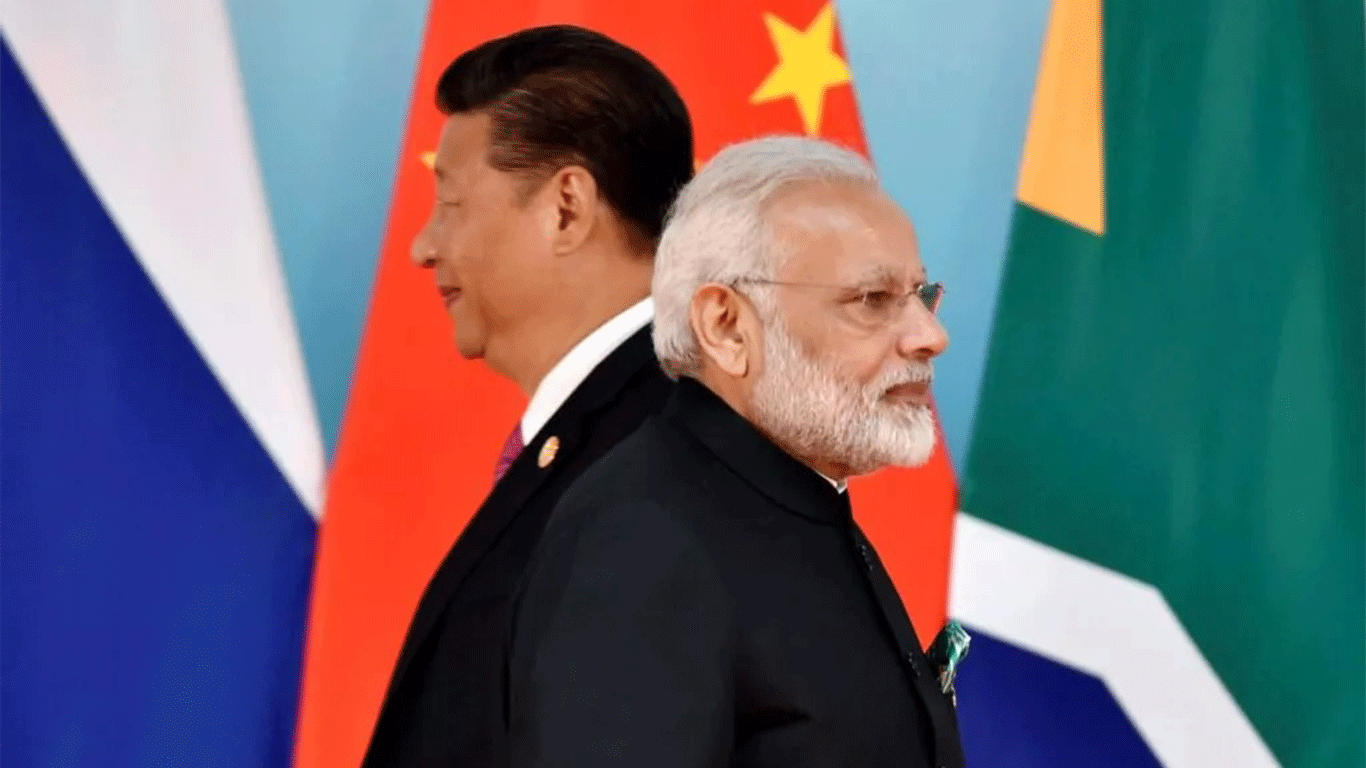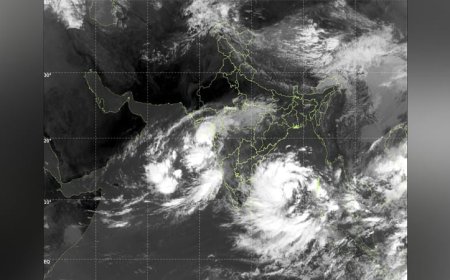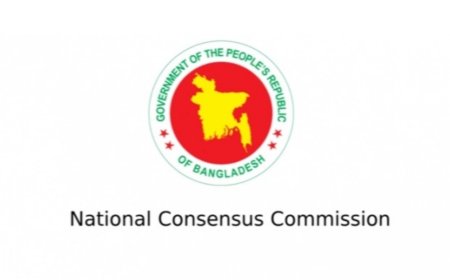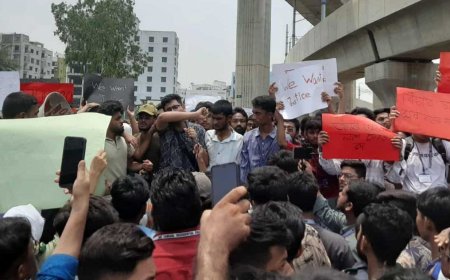Health Ministry Lags Again in Development Budget Spending
Two Key Health Divisions Again Among Worst in Development Budget Execution, Spending Only a Fraction in 10 Months

The Medical Education and Family Welfare Division recorded the lowest development budget expenditure among all ministries and divisions, using only 2.34 percent of its revised Annual Development Programme (ADP) allocation of Tk 2,283.16 crore by April. The Health Services Division performed slightly better, spending 14.9 percent of its Tk 5,673.51 crore budget—ranking fifth from the bottom and well below the national average of 41.31 percent.
This continues a trend of weak budget execution that began after the health ministry was split into two divisions in 2017. The sole exception came in fiscal year 2020–21, when the Medical Education and Family Welfare Division matched the national average, according to data from the Implementation Monitoring and Evaluation Division (IMED). Experts and officials attribute the chronic underperformance to several factors: lack of capacity within implementing agencies, inexperienced project directors, dependence on the Public Works Department (PWD) for construction work, outdated budgeting practices, and leadership changes following the July mass uprising.
The release of these figures comes shortly after a Health Sector Reform Commission report that highlights underfunding, corruption, and mismanagement as systemic problems in the sector. The report notes that only 5.2 percent of the national budget—or just 0.74 percent of GDP—was allocated to health in the current fiscal year, the lowest proportion among South Asian nations. The commission, which submitted its report to Chief Adviser Prof Muhammad Yunus on May 5, has recommended allocating 15 percent of the national budget or 5 percent of GDP to health.
Major Health Projects Delayed
The poor budget execution has severely delayed several critical health projects, leaving citizens in urgent need of care waiting longer. One major project, launched in July 2019 to establish full-fledged treatment centres for cancer, heart, and kidney diseases at eight divisional headquarters, remains far behind schedule. Originally slated for completion by June 2022, the Tk 2,388.40 crore project has yet to complete even the construction phase—let alone procure equipment or hire staff.
“We have sought to extend the deadline to June next year and revise the project costs,” said Project Director Towfique Hasan Firoz. Asked if completion within the new timeline was feasible, he said, “We will try.”
Most of the stalled projects involve infrastructure for hospitals, medical colleges, universities, diagnostic centres, and research institutes, as well as procurement of medical equipment.
Why the Poor Performance?
According to the IMED report, only the Anti-Corruption Commission performed worse than the Medical Education Division in terms of ADP utilisation, with a spending rate of just 1.29 percent. Only four other ministries or divisions trailed the Health Services Division.
Prof Shafiun Nahin Shimul of Dhaka University's Institute of Health Economics cited a lack of managerial capacity and experience as major barriers. He noted that many implementing agencies lack financial autonomy and must navigate bureaucratic hurdles for basic decisions.
“The budgeting framework hasn’t evolved to match sector-specific needs,” he said. “For example, more funds are needed for medicine and equipment repairs, but allocations don’t reflect that. We need flexible budgeting based on real demand.”
Shimul also pointed to leadership shakeups following last year’s mass uprising as a contributing factor to poor implementation this year. However, he acknowledged some progress: “Unnecessary procurement has been curtailed. Earlier, large contractors dominated the process, often colluding with each other. That’s less common now.”
The Directorate General of Health Services (DGHS), which is handling 14 of the 19 projects under the Health Services Division, has also faced delays. Afreena Mahmood, DGHS’s director of planning and research, said that limited progress by the PWD has hampered overall project timelines. She added that vacant project director posts and the interim government's “go slow” stance on certain projects also contributed to delays. “Those vacancies have now been filled. We expect to see significant progress next fiscal year,” she said.
Meanwhile, the Directorate General of Medical Education (DGME), responsible for the other four projects, cited lack of internal capacity for procurement and budget implementation. DGME Director General Nazmul Hosain said a panel of senior and mid-level doctors has been formed to train officials in procurement, budgeting, and store management to address these gaps.
What's Your Reaction?








